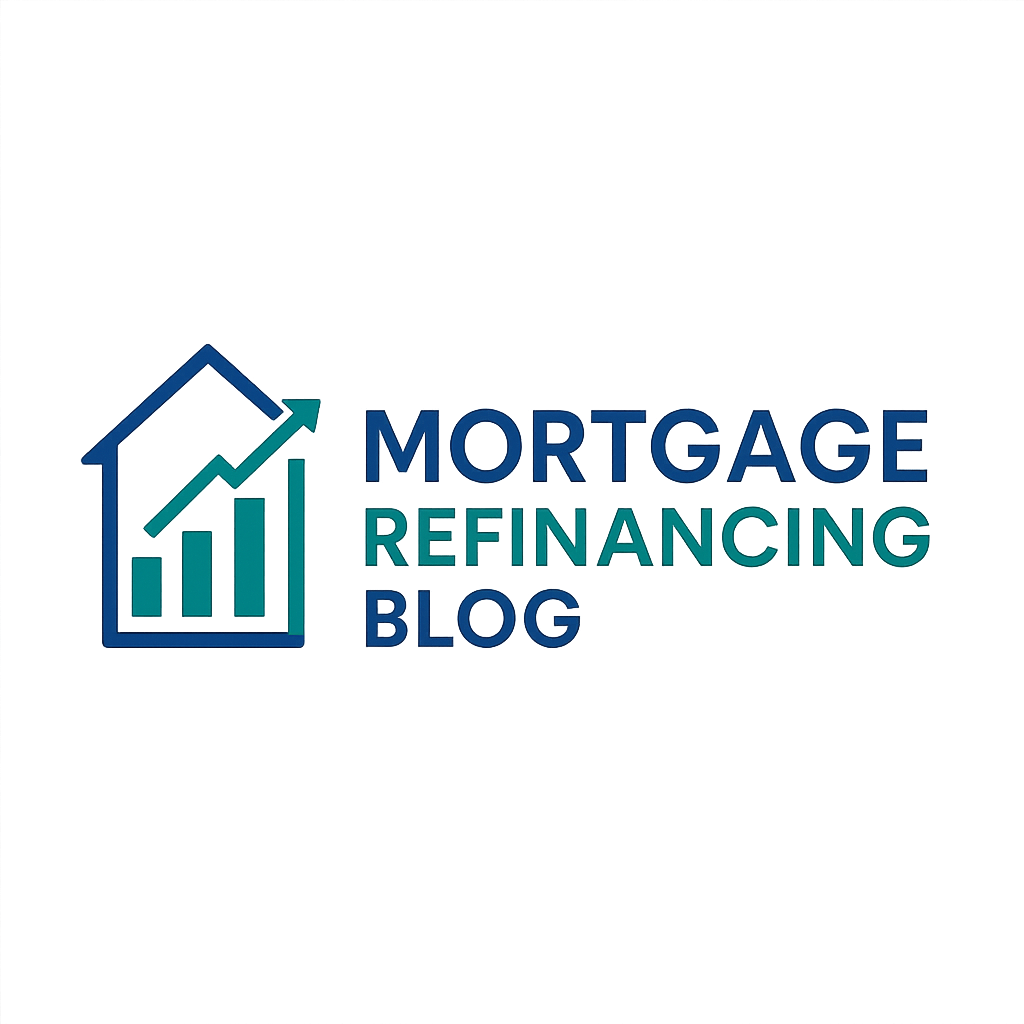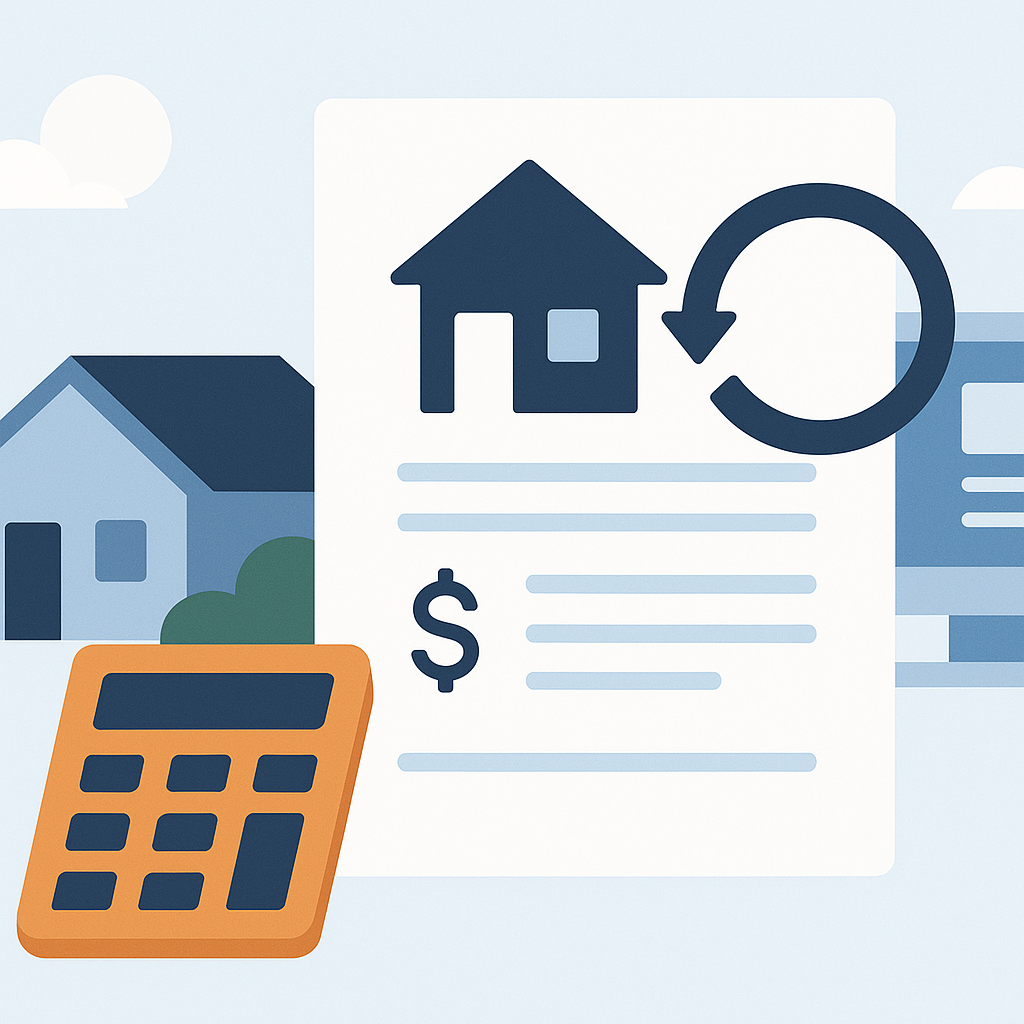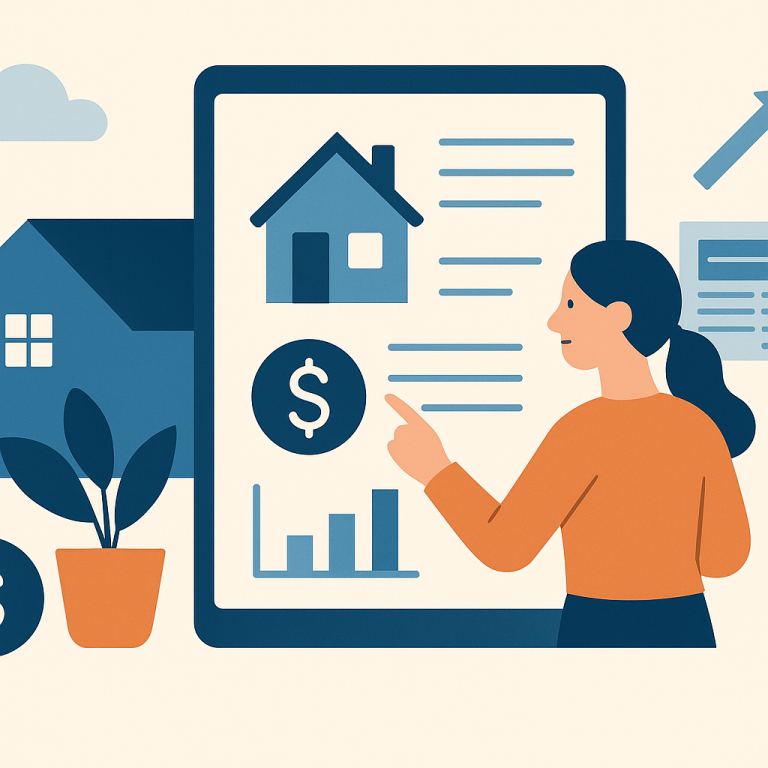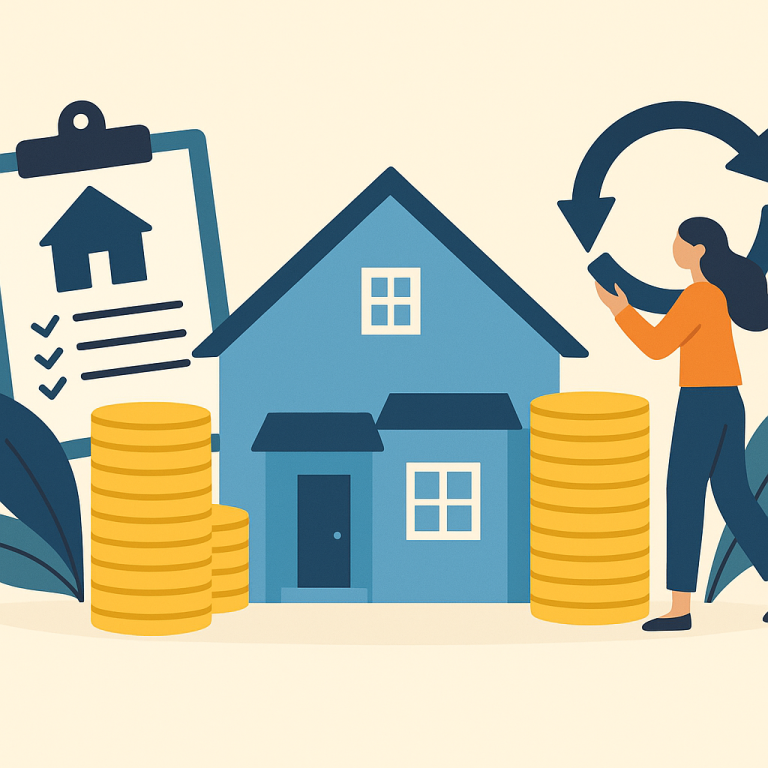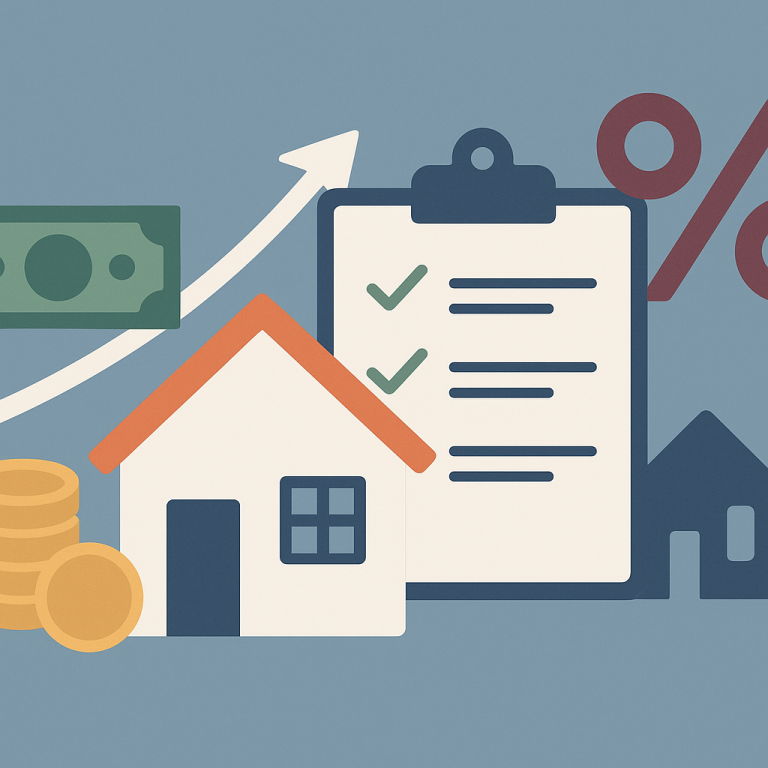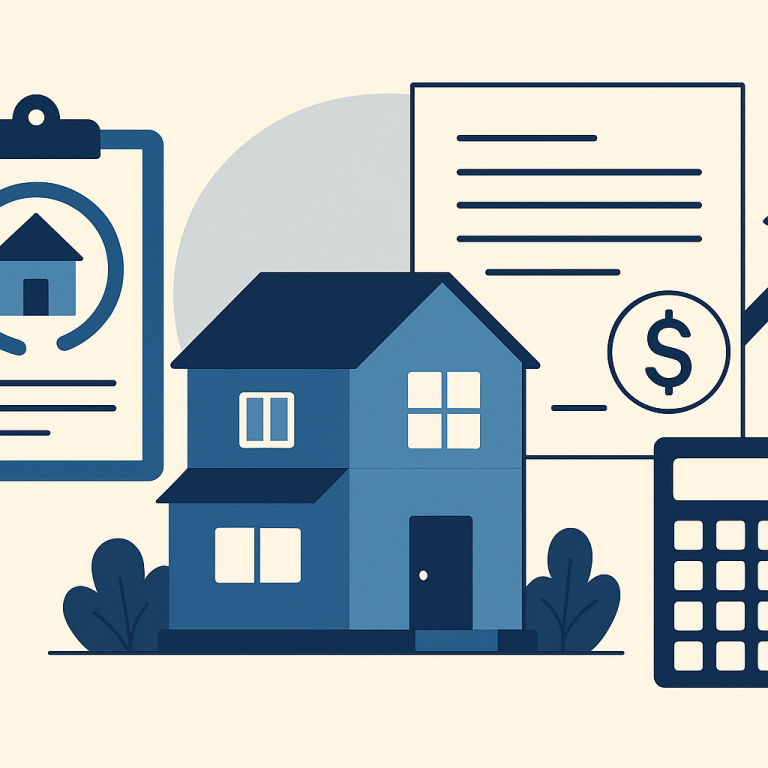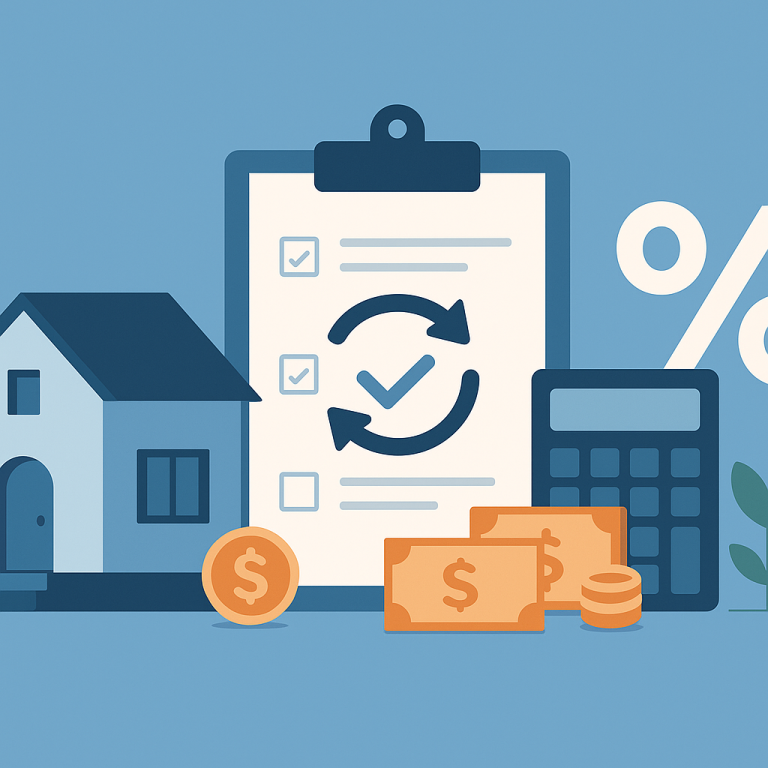Major Lenders Cut Refinance Fees, Lowering Closing Costs By Up To $1,200
At a glance: Higher refinance fees and closing costs and how it could affect refinancing decisions.
Lenders have raised refinance origination fees, pushing up closing costs and lengthening breakeven timelines for many borrowers.
What Higher Refinance Fees Mean for Borrowers
Mortgage refinancing activity has shown renewed interest from homeowners after a period of rate volatility. With headline mortgage rates settling into a narrower range, many owners are re-evaluating whether refinancing can lower monthly payments, shorten loan terms, or unlock home equity for other needs. The decision now hinges less on headline rate movements and more on individual loan economics and long-term financial goals.
Why homeowners are rechecking refinance options
For households that have held mortgages through recent rate swings, even modest changes in available rates can shift the calculus. Refinancing can make sense when the cumulative savings on interest and payments outweigh closing costs and any changes in loan term or structure. At the same time, some homeowners are using refinancing to change mortgage type, consolidate higher-cost debt, or convert equity into cash for planned expenses.
What lenders and borrowers are focusing on
Lenders are placing greater emphasis on borrower credit profiles, debt-to-income ratios and property valuation when pricing loans. Credit score improvements, reduced debt balances, or updated home appraisals can improve eligibility and pricing for a refinance. Borrowers should also consider non-rate factors that affect the total cost of a new loan, including origination fees, third-party closing costs, and the potential for rate locks to expire if closing takes longer than expected.
Analytical approach for homeowners
Homeowners are advised to take a structured approach before committing to a refinance. Key considerations include the break-even period for recouping closing costs, the impact of a new loan term on long-term interest paid, and how a cash-out refinance would affect monthly payments and overall financial flexibility. It’s also important to factor in future plans—such as selling or moving—because the time remaining in the home can make a substantial difference in whether refinancing is beneficial.
Practical steps to evaluate a refinance
- Gather current loan documents and recent statements to compare outstanding balance and remaining term.
- Request quotes from multiple lenders to compare APRs, fees and underwriting timelines.
- Calculate the break-even point for closing costs against monthly savings to assess economic sense.
- Assess the implications of shortening or lengthening the term on monthly cash flow and lifetime interest.
- Consider alternatives such as a rate-and-term refinance versus a cash-out option, depending on liquidity needs.
Risks and common pitfalls
Refinancing carries potential downsides if not carefully evaluated. Rolling high closing costs into a new loan can reduce near-term benefit, and extending the loan term may lower monthly payments but increase lifetime interest. Home equity reduction from cash-out transactions can limit future borrowing flexibility and may alter homeowner insurance or tax considerations. Timing decisions—such as when to lock a rate—also carry risk if market conditions change before closing.
Homeowner takeaways
Refinancing can be a useful tool to reduce payments, manage debt, or access equity, but it requires a clear, individualized analysis. Prioritize accurate cost comparisons, realistic timelines, and alignment with broader financial goals before committing. Comparing multiple offers and running a simple break-even calculation will help determine whether refinancing is the right move for your situation.
META: refinancing, mortgage, homeowner-takeaways, break-even, loan-term, cash-out
